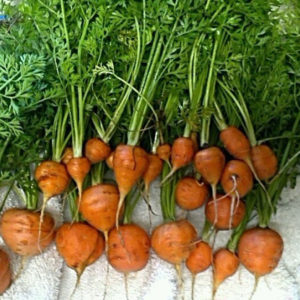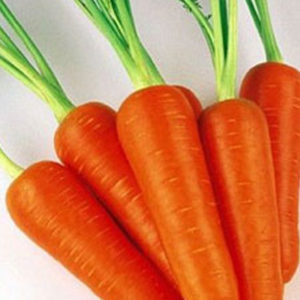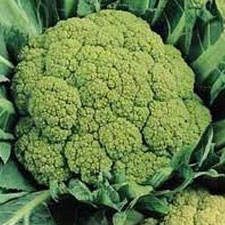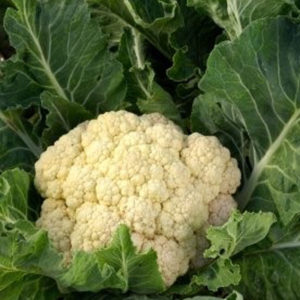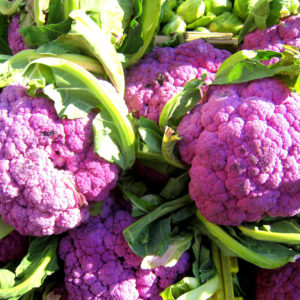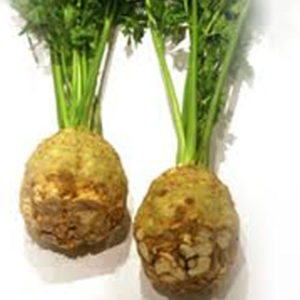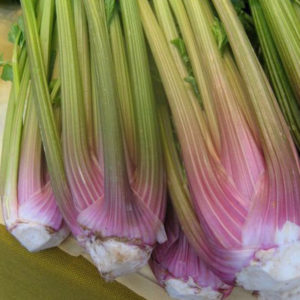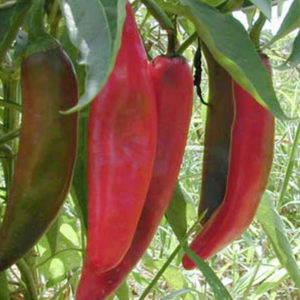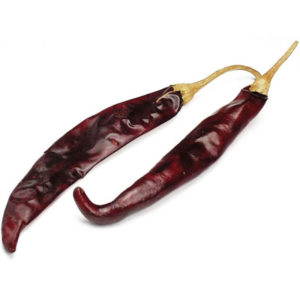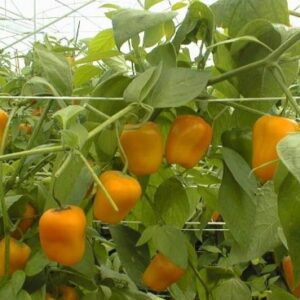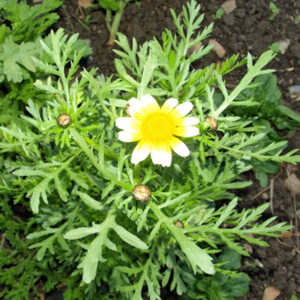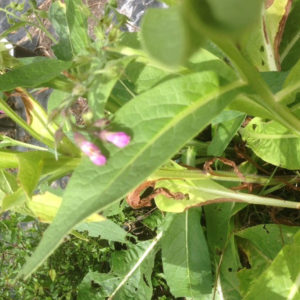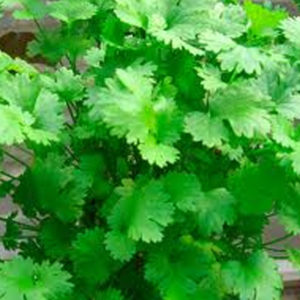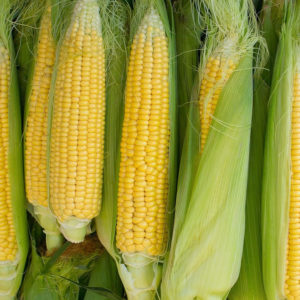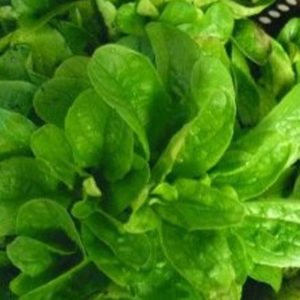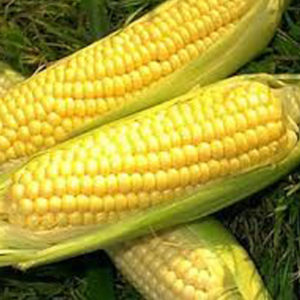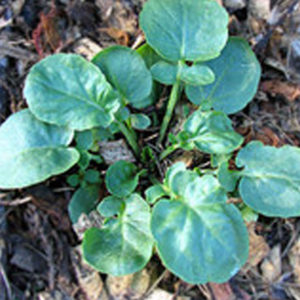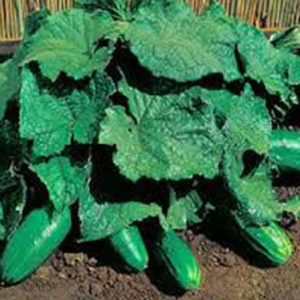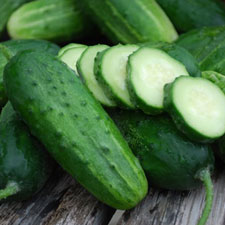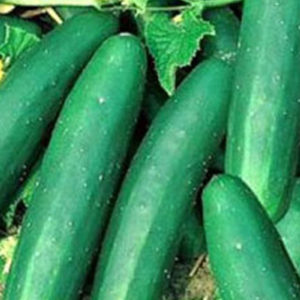-
Out of stock
 Daucus carota Lovely violet red skin with yellow orange interior. Very sweet with slight spicy edge. Origins from America’s organic movement. Very popular eaten raw or slightly steamed. Over cooking looses flavour, colour and goodness of most carrots.
Daucus carota Lovely violet red skin with yellow orange interior. Very sweet with slight spicy edge. Origins from America’s organic movement. Very popular eaten raw or slightly steamed. Over cooking looses flavour, colour and goodness of most carrots. -
Out of stock

Daucus carota Golden yellow colour with an even sweeter flavour than most orange carrots. Origins from the Middle East and first recorded around the 14th Century. Moist and crunchy best eaten raw or slightly steamed and will retain its colour.
-
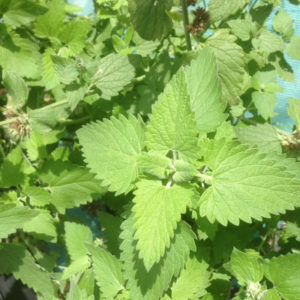 Nepeta cataria Growing to 100cm the soft green leaves with coarse-toothed edges have a slightly mint smell and is related. The flowers are thick, showy and great bee attractants. Catnip is seriously lovely by cats who rub against it enthusiastically. Has a long history of medicinal uses in the form of tea, juice, tinctures and poultices.
Nepeta cataria Growing to 100cm the soft green leaves with coarse-toothed edges have a slightly mint smell and is related. The flowers are thick, showy and great bee attractants. Catnip is seriously lovely by cats who rub against it enthusiastically. Has a long history of medicinal uses in the form of tea, juice, tinctures and poultices. -
Out of stock
 Brassica oleracea A rare combination of cauliflower colours that will all taste delicious yet with subtle differences.
Brassica oleracea A rare combination of cauliflower colours that will all taste delicious yet with subtle differences. -
Out of stock
 Apium graveolens var. secalinum Side picking celery more like Italian Parsley in look but definitely celery in flavour. Great if you can’t be bothered with all the fuss of blanching celery plants. Plant all year round in trays and transplant when no frosts.
Apium graveolens var. secalinum Side picking celery more like Italian Parsley in look but definitely celery in flavour. Great if you can’t be bothered with all the fuss of blanching celery plants. Plant all year round in trays and transplant when no frosts. -
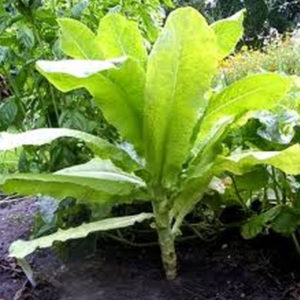 Lactuca sativa var. asparagine Also known as asparagus lettuce or celery lettuce amongst other things as this one is often grown for its thick stem which has a unique sweet flavour and is used after side picking the tender leaves. Note the leaves can be steamed and better grown in semi shade when hot to guarantee softer leaves for salads.
Lactuca sativa var. asparagine Also known as asparagus lettuce or celery lettuce amongst other things as this one is often grown for its thick stem which has a unique sweet flavour and is used after side picking the tender leaves. Note the leaves can be steamed and better grown in semi shade when hot to guarantee softer leaves for salads. -
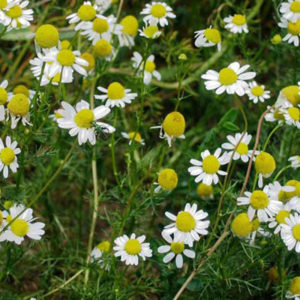 Matricaria recutita Daisylike flowers on this erect annual with green feathery leaves, looks great in any cottage garden. Chamomile flowers are used for a medicinal tea known amongst many things as a calmative and soothing on the stomach. Very fine dust like seeds can be broadcast in the garden or carefully planted on seed trays from Sept onwards when soil is warm. Seeds need light to germinate so sow on surface and water well.
Matricaria recutita Daisylike flowers on this erect annual with green feathery leaves, looks great in any cottage garden. Chamomile flowers are used for a medicinal tea known amongst many things as a calmative and soothing on the stomach. Very fine dust like seeds can be broadcast in the garden or carefully planted on seed trays from Sept onwards when soil is warm. Seeds need light to germinate so sow on surface and water well. -
 Capsicum annuum A sun loving plant 1 metre high producing fruit 10cm long x 1.5 wide tapering to soft point. Jalapeno's are traditionally used when bright green but you can leave them on the plant all the way from black to red. Considered very mild and great for stuffing and known for their lovely flavour.
Capsicum annuum A sun loving plant 1 metre high producing fruit 10cm long x 1.5 wide tapering to soft point. Jalapeno's are traditionally used when bright green but you can leave them on the plant all the way from black to red. Considered very mild and great for stuffing and known for their lovely flavour. -
Out of stock
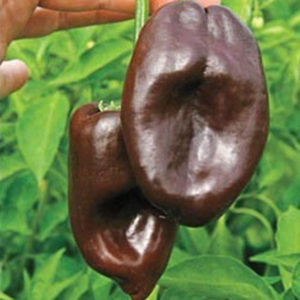 Capsicum annuum So excited to have this seed available to you and I recommend you seed save. A poblano type chilli on a very tall plant will maybe need some staking. Producing wide green fruit tapering gently to soft point. Known as Ancho's in Mexico they are very mild with smells of raisins and smoke when dried. Add an exquisite richness to any dish.
Capsicum annuum So excited to have this seed available to you and I recommend you seed save. A poblano type chilli on a very tall plant will maybe need some staking. Producing wide green fruit tapering gently to soft point. Known as Ancho's in Mexico they are very mild with smells of raisins and smoke when dried. Add an exquisite richness to any dish. -
Out of stock

Capsicum annuum An 'Ancho' or wide chilli on a 70cm bush enjoying full sun. The fruit is up to 15cm long x7cm wide matures from green, red and then almost black. Used in Mexican mole (spelt molay) sauces after roasting or dried and powdered. Lovely smoky smell and flavour.
-
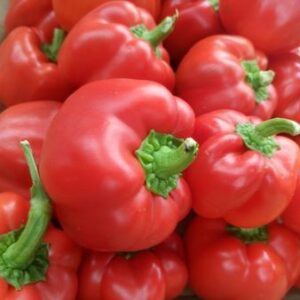 Capsicum pubescens Our Rocoto Chilli plant never stops producing and despite looking exhausted by the end of winter starts greening up and amassing beautiful purple flowers soon as spring starts. Remarkable chilli of good heat and great flavour. Plant spring-summer in trays and transplant in protected area full sun.
Capsicum pubescens Our Rocoto Chilli plant never stops producing and despite looking exhausted by the end of winter starts greening up and amassing beautiful purple flowers soon as spring starts. Remarkable chilli of good heat and great flavour. Plant spring-summer in trays and transplant in protected area full sun. -
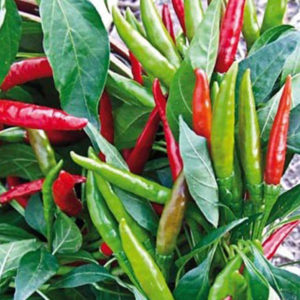 Capsicum annuum Compact plant even suitable for a largish pot with beautiful upright green to red fruit reaching upward on top of plant, so quite unusual and ornamental. And of course delicious. Found right through Asia and introduced by the Spanish conquistadors. Considered very hot yet used in most of the Thai dishes we eat. Recommended.
Capsicum annuum Compact plant even suitable for a largish pot with beautiful upright green to red fruit reaching upward on top of plant, so quite unusual and ornamental. And of course delicious. Found right through Asia and introduced by the Spanish conquistadors. Considered very hot yet used in most of the Thai dishes we eat. Recommended. -
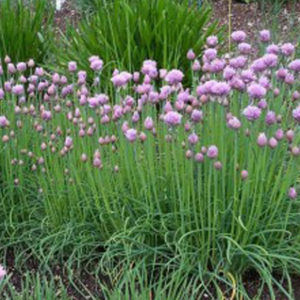 Allium schoenoprasum Perennial originating from Europe Asia & North America. 40cm tall hollow fine tubular stems from central bulb chives are generally dormant in winter and regrow and can be side picked the rest of the year. Often grown in pots, as borders and around gardens due to their insect repelling properties.
Allium schoenoprasum Perennial originating from Europe Asia & North America. 40cm tall hollow fine tubular stems from central bulb chives are generally dormant in winter and regrow and can be side picked the rest of the year. Often grown in pots, as borders and around gardens due to their insect repelling properties. -
Out of stock
 Zea Mays This multicoloured corn is beautiful to look at and lovely steamed. Open pollinated ancient, multi coloured actual sweet corn growing 2 metres & more. Has good sugar levels and ready to eat in 90 days after planting. Reportedly found by archaeologists in the Anasazi ruins. Plant as all corn - full sun, rich organic soil and plenty of water.
Zea Mays This multicoloured corn is beautiful to look at and lovely steamed. Open pollinated ancient, multi coloured actual sweet corn growing 2 metres & more. Has good sugar levels and ready to eat in 90 days after planting. Reportedly found by archaeologists in the Anasazi ruins. Plant as all corn - full sun, rich organic soil and plenty of water. -
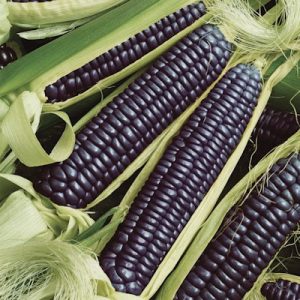 Zea mays This corn is blue to the eye and truly remarkable to grow. This is a rare seed. Blue Hopi corn has so much anthocyanins in it that some say that it is has more antioxidant potential than blueberries. Limited quantities. Considered a staple corn of the Hopi people, this corn can be eaten as a sweet corn when young, or allowed to dry it can be used to make flour. Hopi Blue has a higher protein content than a dent corn and makes wonderful tortillas. The 7 inch, dried blue ears also make great autumn decorations. Plants are 2 metres tall.
Zea mays This corn is blue to the eye and truly remarkable to grow. This is a rare seed. Blue Hopi corn has so much anthocyanins in it that some say that it is has more antioxidant potential than blueberries. Limited quantities. Considered a staple corn of the Hopi people, this corn can be eaten as a sweet corn when young, or allowed to dry it can be used to make flour. Hopi Blue has a higher protein content than a dent corn and makes wonderful tortillas. The 7 inch, dried blue ears also make great autumn decorations. Plants are 2 metres tall. -
Out of stock
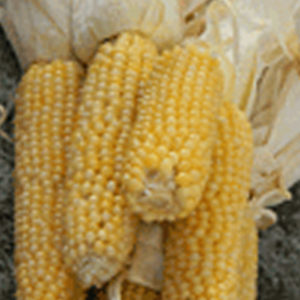
Zea mays The popping corn is a round or small oval cob that can be eaten very small as baby corn or wait till maturity then allow to dry before removing kernels from cob for popping. Kernels are a pale yellow and because they are so fresh better success and taste can be guaranteed unlike the old kernels bought in supermarkets. Normal growing requirements as for all corn.
-
Out of stock
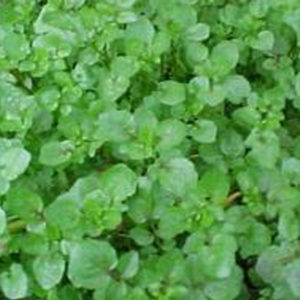 Slightly hot delicate leaf used in salads and Asian soups. Refreshing.
Slightly hot delicate leaf used in salads and Asian soups. Refreshing. -
Out of stock
 Cucumis sativus Classic heirloom, Boston pickling cucumber dates back to 1880 and is a vigorous vine giving large yields of smooth green fruit that can be picked small with solid flesh making it ideal for pickling.
Cucumis sativus Classic heirloom, Boston pickling cucumber dates back to 1880 and is a vigorous vine giving large yields of smooth green fruit that can be picked small with solid flesh making it ideal for pickling. -
Out of stock
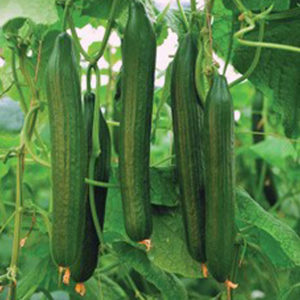 Cucumis sativus Longest and thinnest fruit on climbing plant this dark green cucumber grows to 30cm with a white crisp centre. Very sweet and rewarding to grow with fine thin skin making the whole fruit edible.
Cucumis sativus Longest and thinnest fruit on climbing plant this dark green cucumber grows to 30cm with a white crisp centre. Very sweet and rewarding to grow with fine thin skin making the whole fruit edible. -
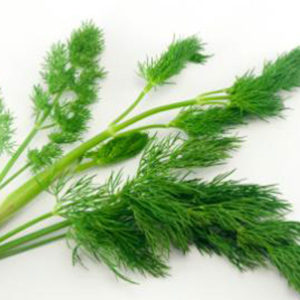 Anethum graveolens Best grown as annual as it will not survive the winter in Victoria. Tall wispy plant up to 75cm tall harvest around 8 weeks after sowing. Eat leaves, then flowers, then seeds. Plant direct .5cm deep close together in warm soil between 10-20c Spring-Autumn. Dill doesn't enjoy transplanting. Suggest successive plantings every 3 weeks.
Anethum graveolens Best grown as annual as it will not survive the winter in Victoria. Tall wispy plant up to 75cm tall harvest around 8 weeks after sowing. Eat leaves, then flowers, then seeds. Plant direct .5cm deep close together in warm soil between 10-20c Spring-Autumn. Dill doesn't enjoy transplanting. Suggest successive plantings every 3 weeks.


